A test-drive through Riyadh’s early-morning traffic makes the case: quieter cabins, instant torque and fuel bills that suddenly look tiny. Affordable Electric Cars Under 150K SAR are no longer niche — they’re mainstream choices for first-time buyers in Saudi Arabia in 2025.
With EVs projected to account for roughly 15% of new sales this year and incentives from government bodies and networks like EVIQ, the value proposition is strong: lower running costs, VAT and customs relief, and growing charger access across Riyadh, Jeddah and Dammam. From the compact Nissan Leaf to the family-friendly BYD Atto 3, these models balance urban practicality and range for GCC heat.
Buyers we spoke with report meaningful monthly savings; dealers from Yallamotor to official showrooms are reporting high footfall. Below is a hands-on review of styling, cabin comfort, tech, performance, battery behavior in desert heat, safety and ownership value — plus a quick comparison table for easy shopping.
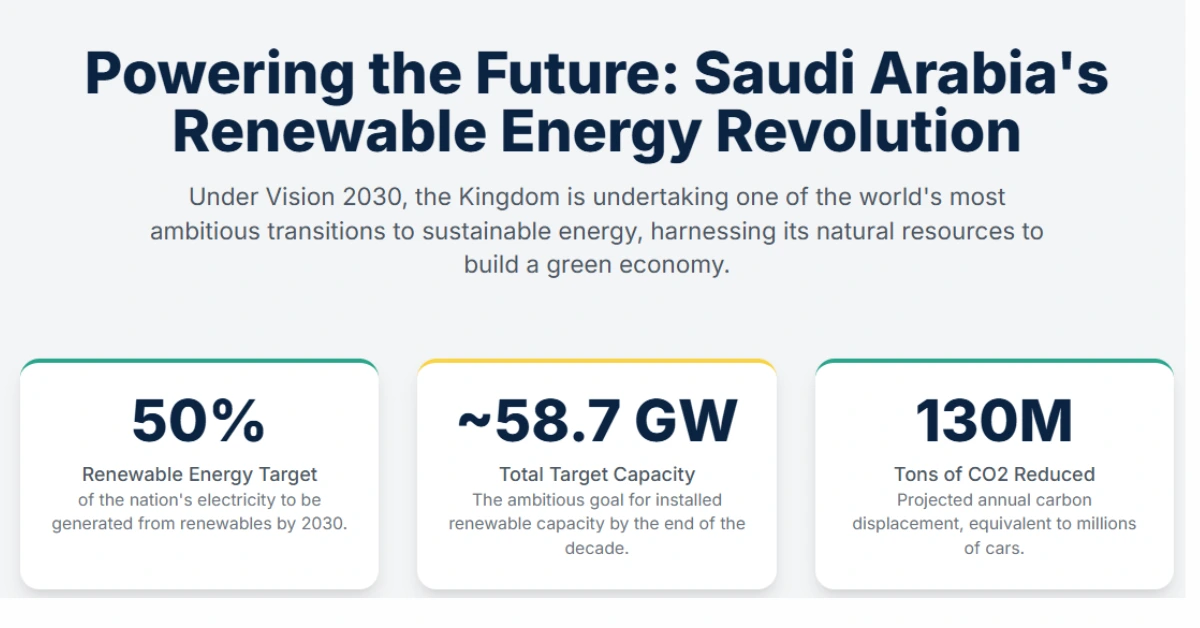
Styling and build
The sub-150K SAR segment leans practical but polished. The BYD Atto 3 brings SUV stance, bold LED signatures and a panoramic roof that reads premium next to the Leaf’s compact hatch proportions. Alloy wheel design, flush door trims and paint choices suit Gulf tastes (metallic pearl and dark blues sell well). Build quality is improving: closures feel solid and plastics are durable for hot-climate resilience. Compared with Hyundai Ioniq 6’s sleek sedan silhouette or the BMW i4’s athletic presence, these affordable EVs trade elite polish for sensible materials and service-friendly panels — ideal for sand-prone roads.
Cabin comfort and usability
Cabins here trend minimalist: 15.6-inch rotating screens on the Atto 3 versus compact digital clusters on the Leaf. Vegan leather or durable cloth options keep maintenance low; storage is generous in the Atto 3’s 440L boot while the Leaf’s hatch layout maximizes city practicality. Seating is comfortable for long Riyadh commutes, though rear headroom varies. Pros: simple controls, good connectivity (Apple CarPlay/Android Auto). Cons: some models skimp on soft-touch surfaces and physical HVAC buttons — a minor annoyance for drivers who prefer tactile controls in gloves or under heat.
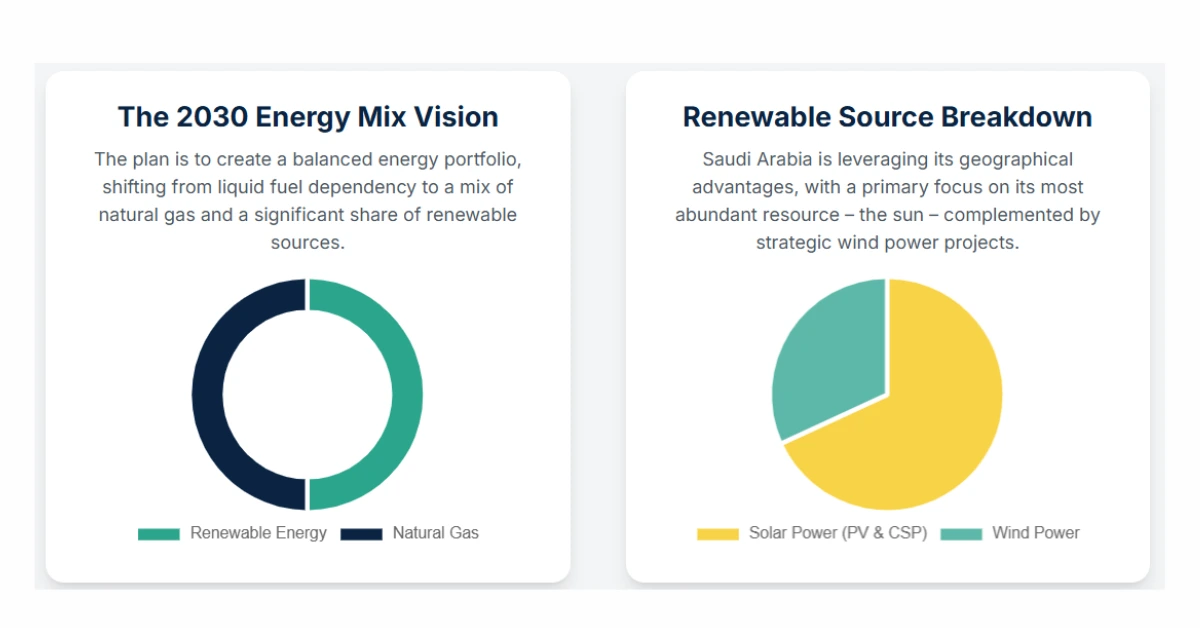
Infotainment and ADAS
Touchscreens and over-the-air updates are standard. BYD’s rotating 15.6-inch display and Nissan’s e-Pedal software are strong points; Chevrolet Bolt adds hands-free Super Cruise on higher trims. Navigation and connected apps handle charger locating well, but UI polish varies — some menus feel laggy. ADAS suites (adaptive cruise, lane-keep) are useful on highways between Riyadh and Dammam but expect differing camera and radar calibration compared with pricier rivals. Connectivity strengths: integrated voice, mobile apps for preconditioning; weakness: inconsistent map detail and occasional Bluetooth pairing quirks.
Driving feel and handling
These EVs prioritize city torque and composed ride over track agility. The Atto 3’s 0–100km/h ≈7.3s and ~201hp gives lively overtakes, while the Leaf’s lighter setup favors nimble urban moves. Steering is predictable; suspension tuning leans comfort-first to handle bumpy urban arteries. Braking is strong with regenerative modes that assist single-pedal driving in traffic. Overall, balance leans toward efficiency and comfort rather than sporty cornering — a fit for first-time buyers and family use.
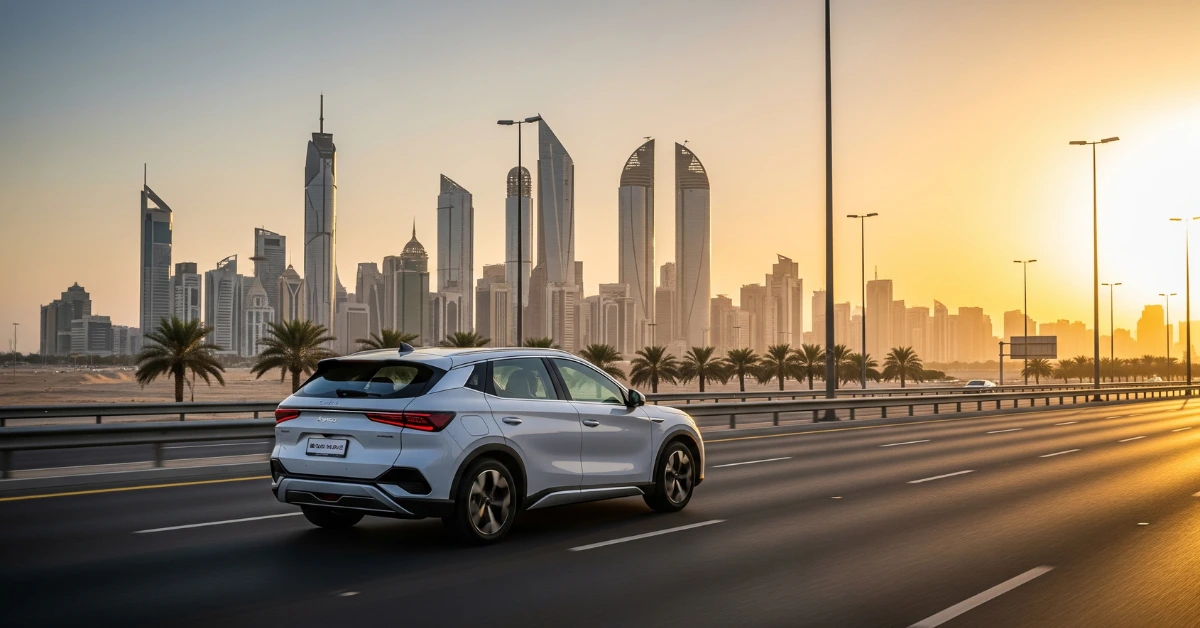
Kia Pegas sales surge in Saudi Arabia — 15,528 units in H1 2025 and why budget buyers are switching
Real-world numbers and heat effects
Expect WLTP-like ranges of 240–420km: Leaf (≈240km, 40kWh), BYD Atto 3 (≈420km, 60.5kWh). Charging: Level 2 home units are best daily, DC fast charges for trips. Desert heat reduces range ~5–15% and can accelerate cell wear slightly; models with LFP (BYD’s Blade battery) typically resist high-temperature degradation better. Practical tip: charge overnight, use cabin preconditioning, and keep daily state of charge around 50–80% in summer.
Tech and ratings
Safety kits are strong: multiple airbags, stability control and ADAS features are common, and ASEAN/Euro-style ratings exist for several models. Camera and radar setups handle highway lane guidance, though calibration in sandstorms is a key local test. The Atto 3’s ADAS package and 5-star ASEAN results edge it ahead; Nissan’s long track record and lifetime powertrain warranty add buyer confidence. For families, look for robust camera washers and sealed sensors for dust resilience.
Quick Comparison Table
| Model | Start Price (SAR) | WLTP Range | Notable Feature |
|---|---|---|---|
| BYD Atto 3 | 129,900 | ~420 km | 60.5 kWh LFP, 15.6″ screen |
| Nissan Leaf (40 kWh) | ~120,000 | ~240 km | e-Pedal, lifetime powertrain warranty |
| Chevrolet Bolt | 110,000 | ~417 km | Super Cruise, wireless charging |
| MG4 EV | 95,000 | ~350 km | 7-year battery warranty |
Pricing and Value — Ownership picture
Starting prices (approx): BYD Atto 3 SAR 129,900; Nissan Leaf SAR ~120,000; Chevrolet Bolt SAR 110,000; MG4 SAR 95,000. With zero VAT, customs waivers and three years of complimentary charging via networks like EVIQ, ownership costs can beat comparable ICE models over 3–5 years, per PwC estimates. Local assembly (Ceer) coming in 2026 could push entry prices lower.
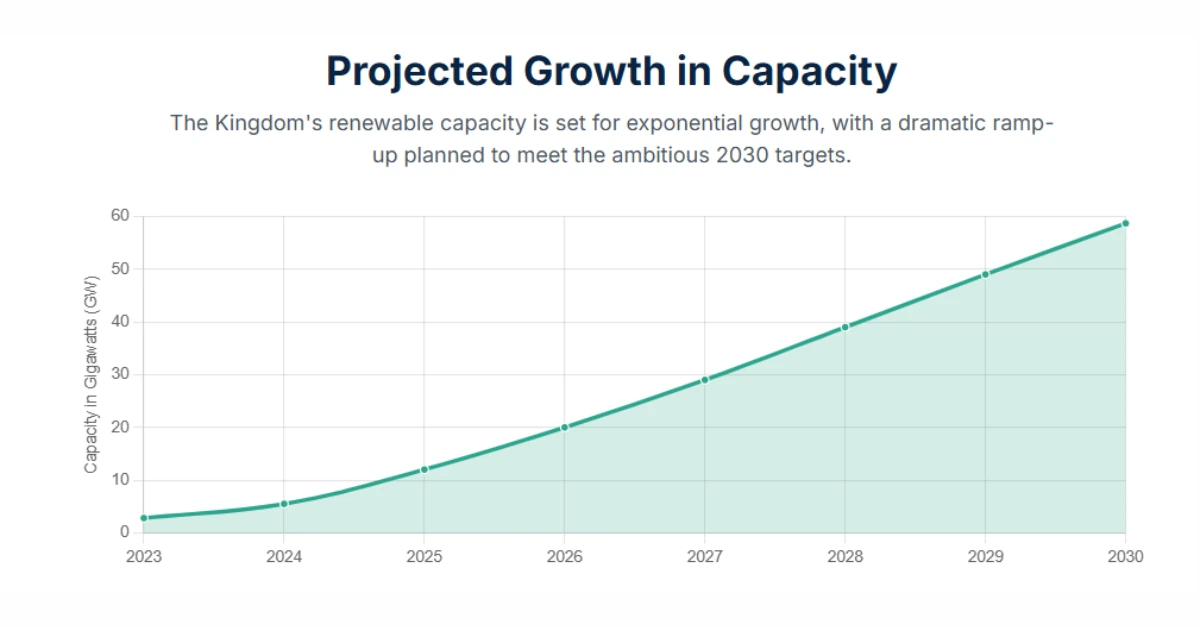
Pros and Cons
- Pros: Low running costs, strong range options, generous incentives, improved tech.
- Cons: Charger gaps outside cities, UI polish varies, heat impacts range, some interiors feel basic.
Who should buy
Affordable Electric Cars Under 150K SAR suit Saudi first-time buyers seeking low-cost urban mobility and growing national EV convenience.
Best pick — BYD Atto 3
Attractive value and real-world range make the BYD Atto 3 my top choice: about SAR 129,900, ~420 km range, and a heat-resistant LFP (Blade) battery that holds up well in Riyadh summers. It pairs family-friendly space (440L boot), a large 15.6″ rotating screen and a solid ADAS suite—so you get comfort, tech and durability without paying Tesla prices. For first-time Saudi buyers wanting a practical range, low running costs, and sensible features, the Atto 3 simply balances what matters.

Hi, I’m Amir Sohel Sk, a writer with 4 years of experience working in news companies, focusing on the automobile and tech industries. I cover the latest car launches, technology updates, and industry trends, delivering accurate and engaging content for readers who love innovation. My passion lies in breaking down complex topics into clear insights that help audiences stay informed and ahead of the curve.
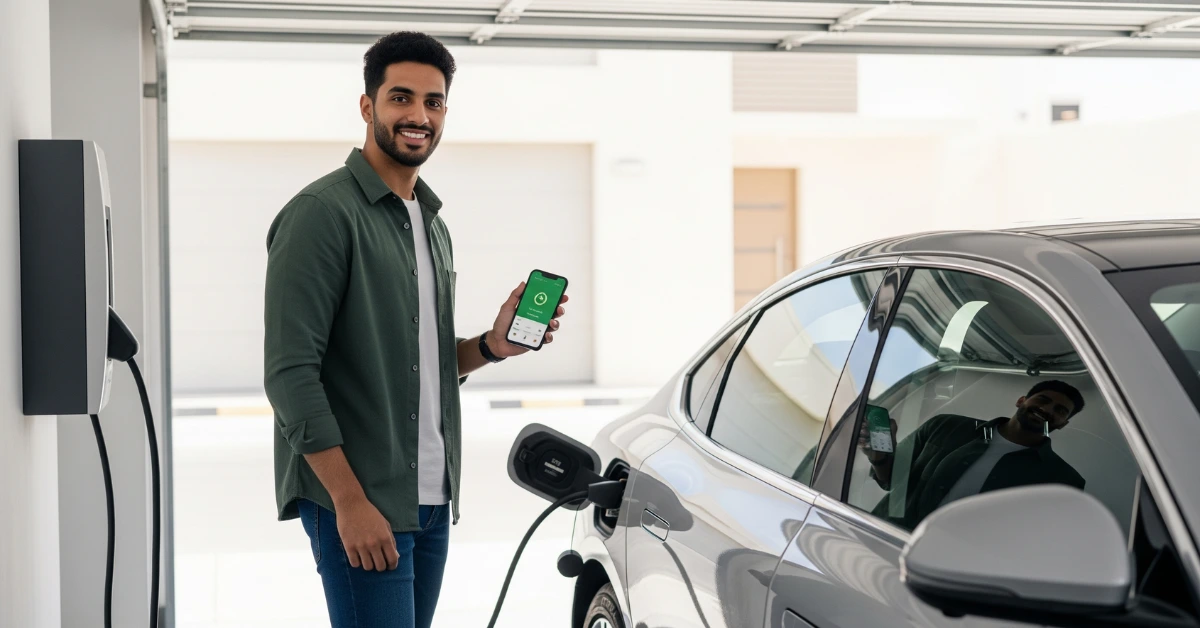
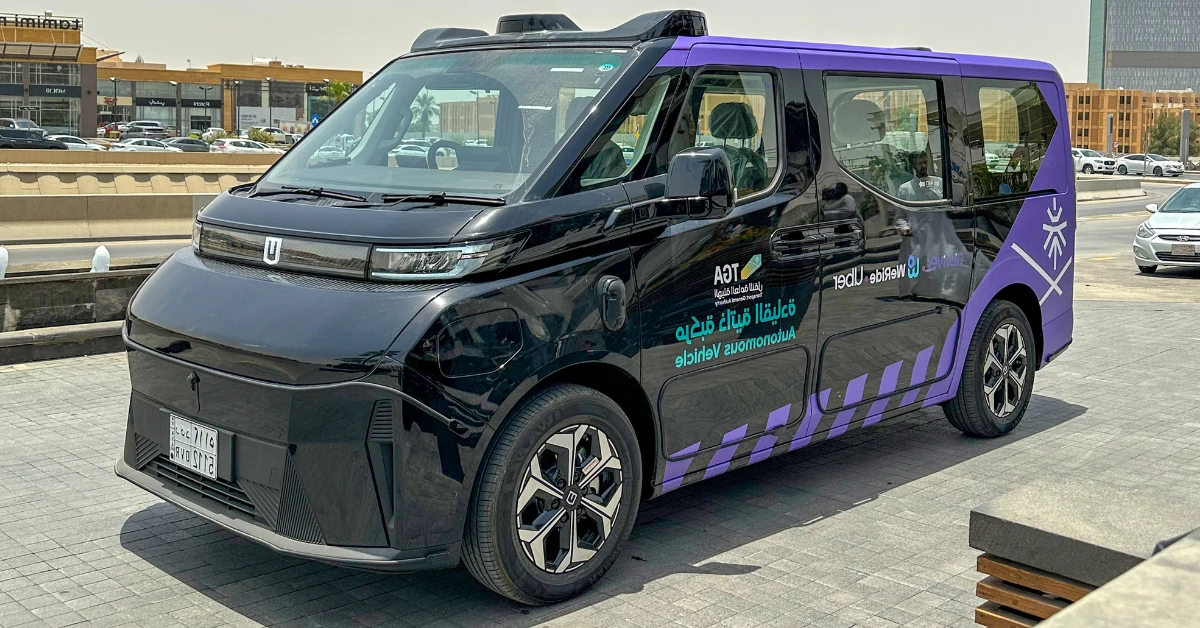
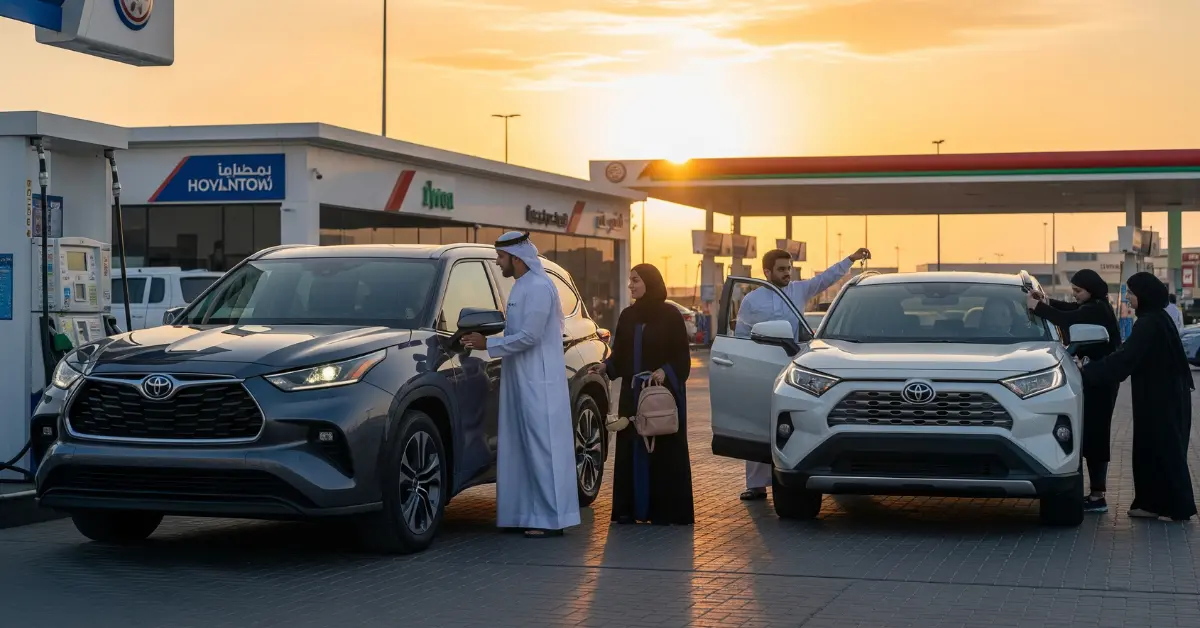
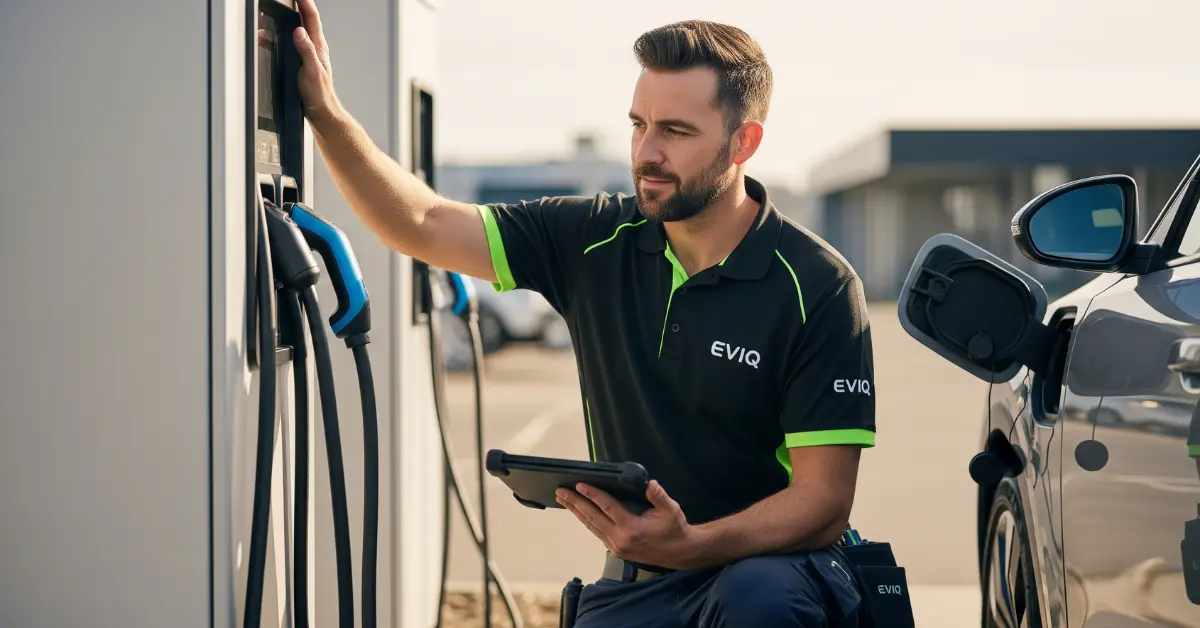
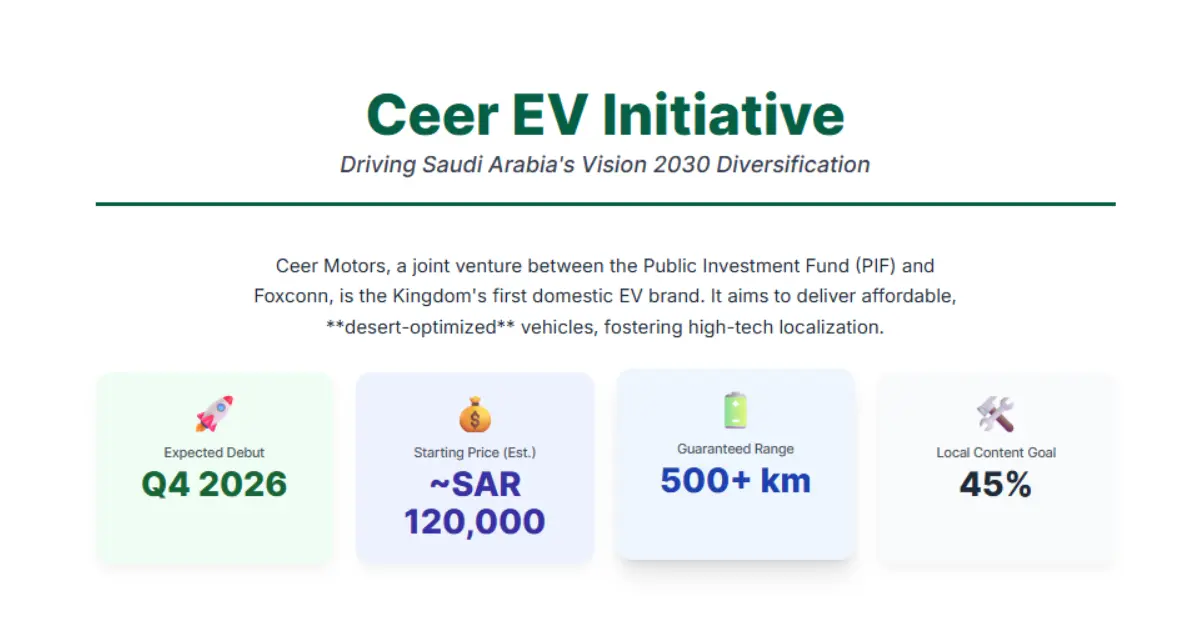
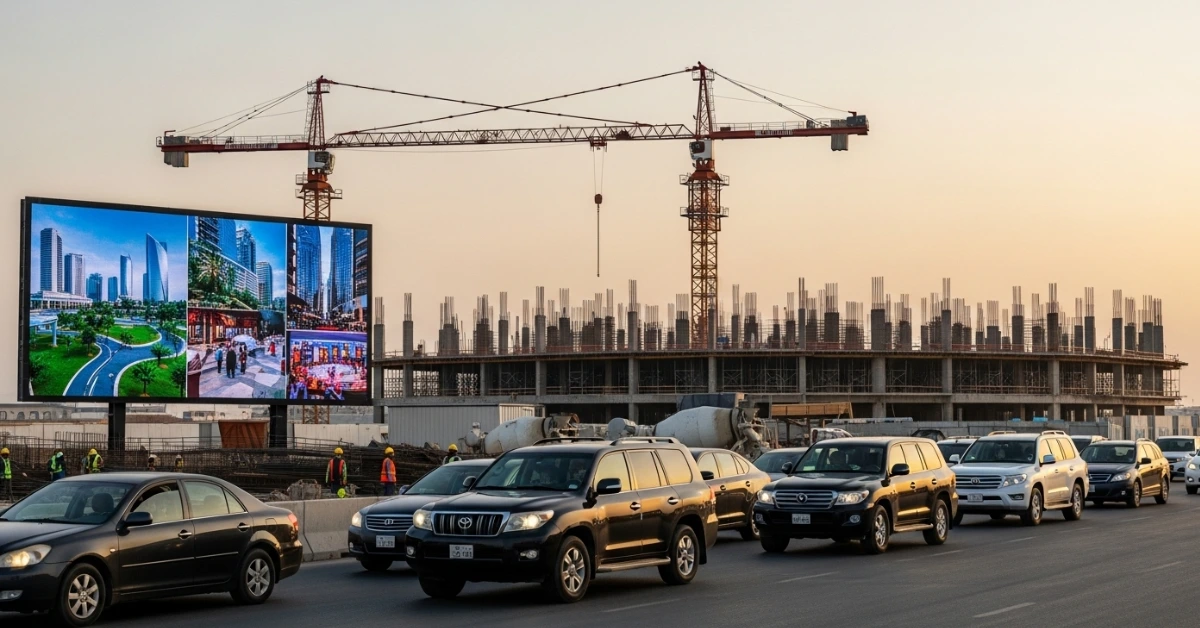
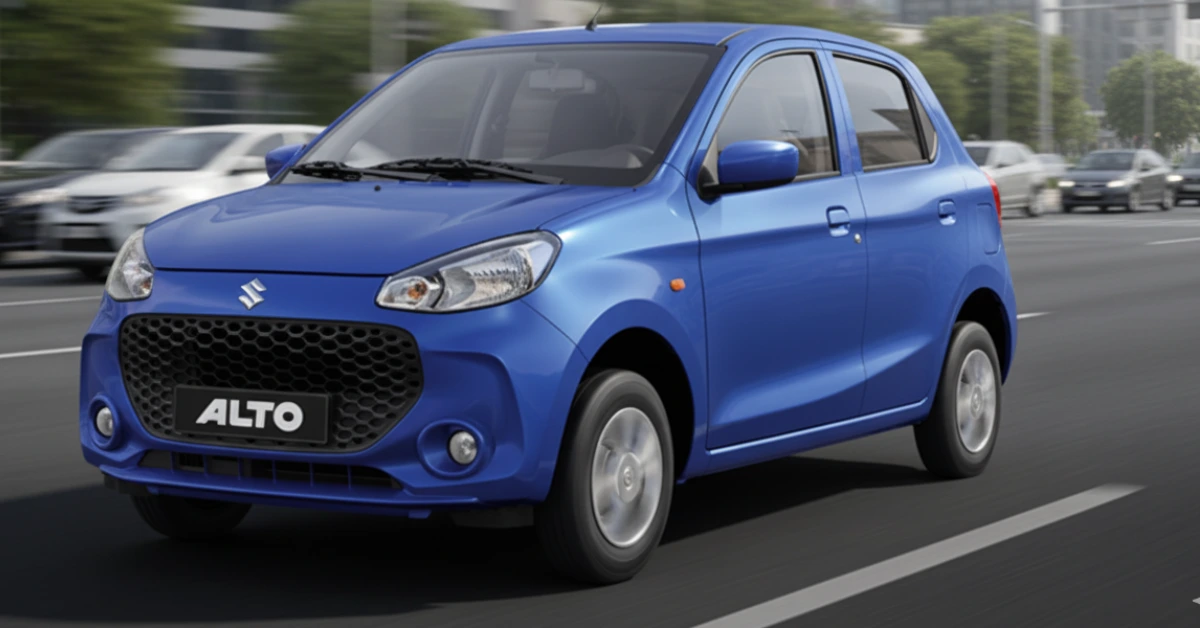







1 thought on “Affordable Electric Cars Under 150K SAR in Saudi Arabia 2025 — Top Picks for First-Time Buyers”
Comments are closed.